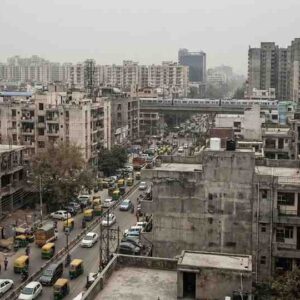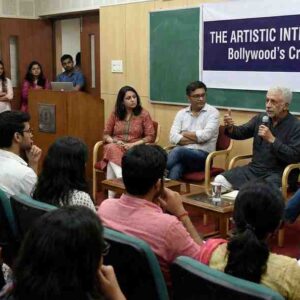Mumbai – 2025
On screen, emotional breakdowns often win applause. But behind those trembling hands and tear-soaked monologues lies something rarely discussed—the emotional cost actors pay when art imitates their own wounds.
In a profession that demands vulnerability on demand, many actorsdraw from real-life traumato perform convincingly. While this technique—often calledemotional recall—can produce raw, unforgettable cinema, it can alsoreopen scars that never fully healed.
In India’s high-pressure, empathy-thin film culture, we must ask:what is the psychological aftermath of repeatedly performing pain?
Emotional Recall: The Double-Edged Tool
Borrowed from method acting and psychodramatic therapy, emotional recall involves:
- Tapping into real-life grief, heartbreak, or fear
- Replacing scripted emotion with actual memory-driven response
- Repeating those scenes across multiple takes under camera scrutiny
While powerful, this technique carries risks:
- Emotional exhaustion
- Flashbacks triggered on or off set
- Blurring of role and reality, especially in intense characters
Actors are not therapists—they’re craftspeople. But in such moments, the line between character and trauma often dissolves.
Case Patterns in Indian Cinema
Though rarely spoken of in public, several actors have hinted at this phenomenon:
- A prominent actress in a film about domestic abuse admitted that performing scenes of violence unlocked childhood memories she hadn’t confronted in decades.
- A young male actor, while filming a role involving parental loss, found himself crying uncontrollably between scenes, long after the camera had stopped.
- Another performer, post a film dealing with suicide, quietly took a year-long sabbatical, unable to detach from the script’s lingering weight.
None of these were dramatics. They were consequences ofusing oneself as a tool—without emotional insulation.
Lack of Emotional Safety Protocols
In India, most film sets prioritize:
- Efficiency over emotional process
- Tight schedules over decompression time
- Visual accuracy over performer wellbeing
Unlike in countries like the UK or Australia—wheretrauma-sensitive practices and on-set psychologistsare sometimes available—Indian productions often rely on the actor’s own resilience.
There isno standardised systemto:
- Identify when an actor is emotionally overextended
- Provide tools to exit traumatic roles
- Offer access to therapy post-intense shoots
Directors and Their Responsibility
Not all filmmakers are emotionally aware.
Some push for“more realism”, unaware that they’re encouraging:
- Re-traumatization
- Emotional self-harm masked as commitment
- A culture of “suffering equals excellence”
Good directors now:
- Brief actors about psychological triggers before shooting
- Allow safe exits from scenes without guilt
- Discourage “method martyrdom” where mental health is treated as collateral damage
But this is stillthe exception, not the rule.
Healing the Performance Loop
Post-role recovery is crucial. Healthy strategies include:
- “De-roling” rituals to leave a character behind (clothing changes, journaling, guided meditations)
- Scheduled therapy during and after intense shoots
- Time off between emotionally heavy projects
- On-set emotional check-ins by trained professionals, not just assistants
Industry guilds and unions must advocate for this asstandard emotional hygiene, not luxury.
Final Word
When actors bring their real pain to a role, the audience often walks away moved.
But the actor walks awaychanged—sometimes scarred, sometimes hollowed, sometimes empowered.
The question is not whether pain makes art. It’s whether the industry is ready tosupport those who carry pain for our stories.












